Results
-
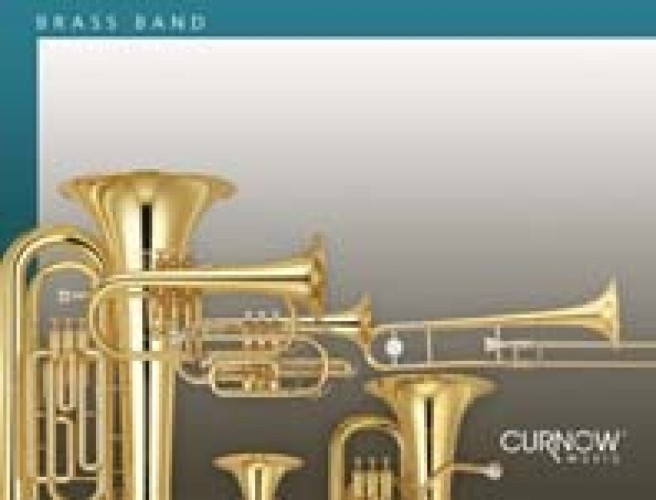 £47.50
£47.50Rough Mix (Brass Band - Score and Parts) - Hosay, James L.
Why not try something different with your brass band? Rough Mix is a pop rock tune that incorporates elements of punk and alternative rock. It contains optional parts for two electric guitars and synthesizer. With or without the optional parts this is a solid and fun arrangement that will have particular appeal for young musicians and audiences.Duration: 2.45
Estimated dispatch 7-14 working days
-
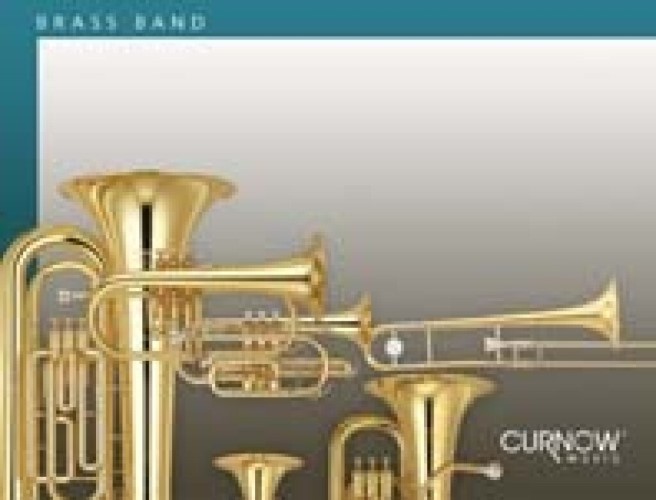 £47.50
£47.50Fusion Factory (Brass Band - Score and Parts) - Hosay, James L.
At the end of the Sixties and the beginning of the Seventies, slowly but surely, a new exciting music style arose in pop music. Pop groups enlarged the musical spectrum by combining jazz harmonies with rock 'n' roll rhythms. These experiments are now known as fusion. Fusion Factory combines elements of early fusion with modern fusion sounds. Listen to the excellent result!Duration: 5.45
Estimated dispatch 7-14 working days
-
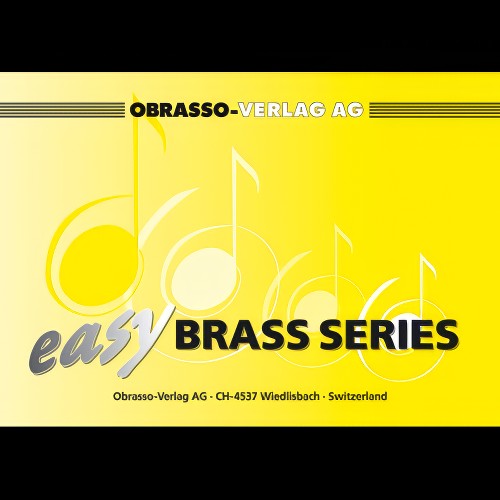 £56.00
£56.0012th Street Rag (Brass Band - Score and Parts) - Bowman, Euday L. - Fernie, Alan
Slightly reduced Brass Band instrumentation (no rep cornet, no 2nd horn, no 2nd trombone part)
Estimated dispatch 7-14 working days
-
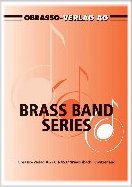 £50.90
£50.9012th STREET RAG (Brass Band) - Bowman, Euday L. - Smith, Sandy
Medium
Estimated dispatch 7-14 working days
-
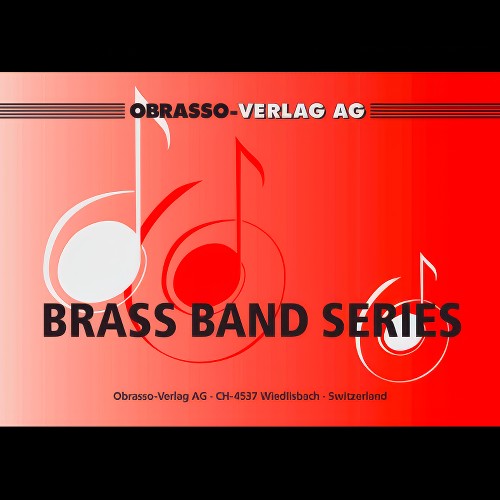 £42.70
£42.70Adlerflug (Flying Eagle) (Brass Band - Score and Parts) - Blankenburg, Hermann L. - Woodfield, Ray
Marchcard SizeDuration: 3.45
Estimated dispatch 7-14 working days
-
 £60.99
£60.99Consolation (Brass Band - Score and Parts)
Wer nur den lieben Gott l?sst walten was composed by Georg Neumark in about 1641 and was subtitled 'Trostlied' literally meaning consolation song. Songbooks at the time showed the popularity of this song and it is still well-known today partly due to Johann Sebastian Bach's use of the melody for one of his own chorals. In Jan de Haan's arrangement the choral is heard twice, once, alternating with the original motif from the introduction and a second time, without interruption, reflecting the composer's original intention - a song of consolation. 03:10
Estimated dispatch 7-14 working days
-
 £47.50
£47.50FANFARE BRITANNICA (Brass Band) - Hosay, James L.
This regal and stately fanfare-opener is a sterling new offering for band. Sixteen opening bars of thrilling fanfare lead inexorably to a theme expressing dignified momentum. Frequent but simple meter changes help to make this an interesting and educational piece that both the band and the audience will enjoy. A recap of the opening fanfare brings the piece to an exciting finish that will set a noble yet festive tone for your concert or special event. It even makes a great graduation recessional. Let Fanfare Britannica be the crown jewel of your next performance! Duration: 2:20
Estimated dispatch 7-14 working days
-
 £24.95
£24.95FLYING EAGLE (Brass Band Marchcard) - Blankenburg, Hermann L.
Marchcard size.
Estimated dispatch 7-14 working days
-
 £24.95
£24.95GLADIATORS' FAREWELL, The (Brass Band Marchcard) - Blankenburg, Hermann L.
Marchcard size. Recorded on Polyphonic QPRL226D Master Brass Volume 18
Estimated dispatch 7-14 working days
-
 £38.80
£38.80GRUSS AN THURINGEN (Brass Band Marchcard) - Blankenburg, Hermann L. - Woodfield, Ray
Grade: medium
Estimated dispatch 7-14 working days
